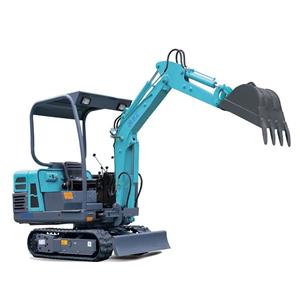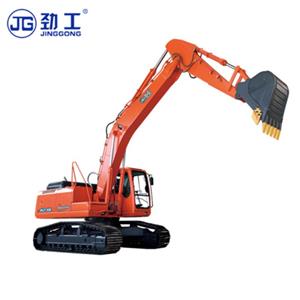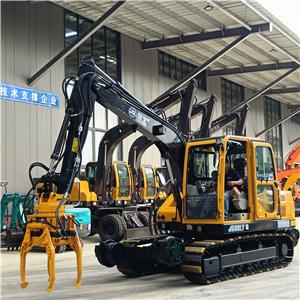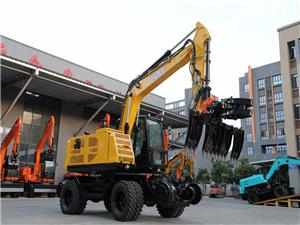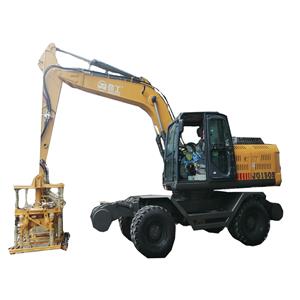- Home
- >
- News
- >
- Industry News
- >
- Railway Sleepers Replacement Machine: Features, Benefits, and Common Issues
Railway Sleepers Replacement Machine: Features, Benefits, and Common Issues
The railway sleepers replacement excavator is a specialized railway machinery used for the replacement of railway sleepers. This machine is designed to meet the demand for rapid, safe, and efficient replacement of failed concrete or wooden sleepers in the railway transport system. In this article, we will discuss the key features, benefits, and common issues associated with the railway pillow changing machine.

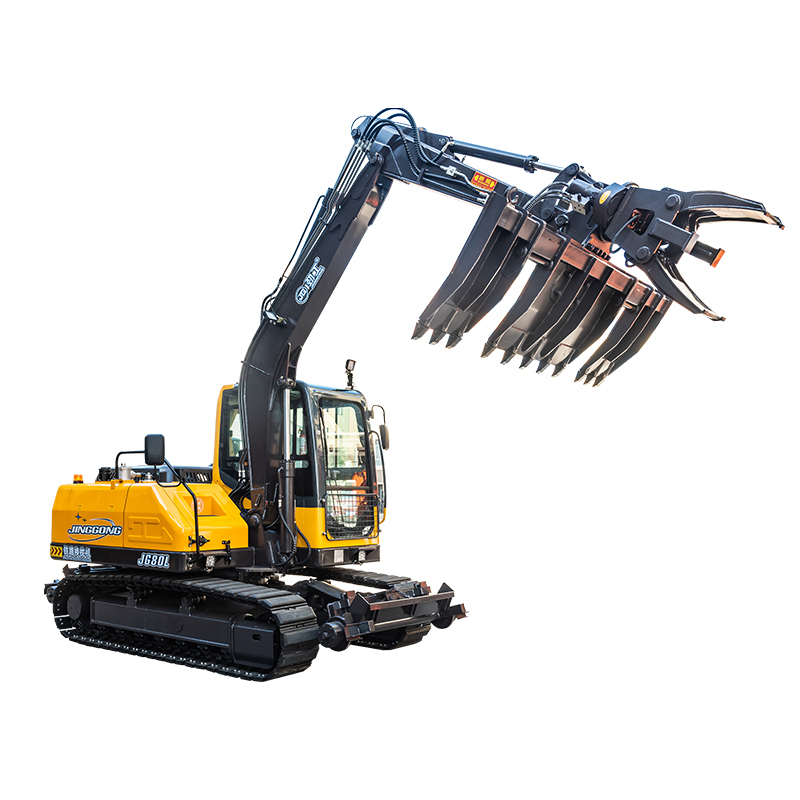
Features:
High efficiency: The railway sleepers replacement excavator is highly efficient, capable of replacing up to 1,500 sleepers per day.
Versatile: The machine is compatible with a variety of sleeper types, including concrete, wooden, and steel.
Precision: The machine has a high degree of precision, ensuring accurate alignment of the sleepers with the rail tracks.
Ergonomic design: The machine is designed with ergonomic features, such as adjustable controls, to ensure ease of operation and minimize operator fatigue.
Automated processes: The machine is equipped with automated processes that streamline the replacement process and reduce the risk of human error.
High mobility: The machine is highly mobile, with the ability to move quickly between railway tracks for efficient replacement.
Benefits:
Time-saving: The rail sleepers changing with machines can significantly reduce the time required for sleeper replacement, thereby minimizing railway downtime.
Cost-effective: The machine reduces the need for manual labor and increases efficiency, resulting in lower costs associated with sleeper replacement.
Enhanced safety: The machine reduces the risk of accidents associated with manual sleeper replacement.
Improved quality: The machine ensures a high degree of accuracy and precision, resulting in better quality sleeper replacement.
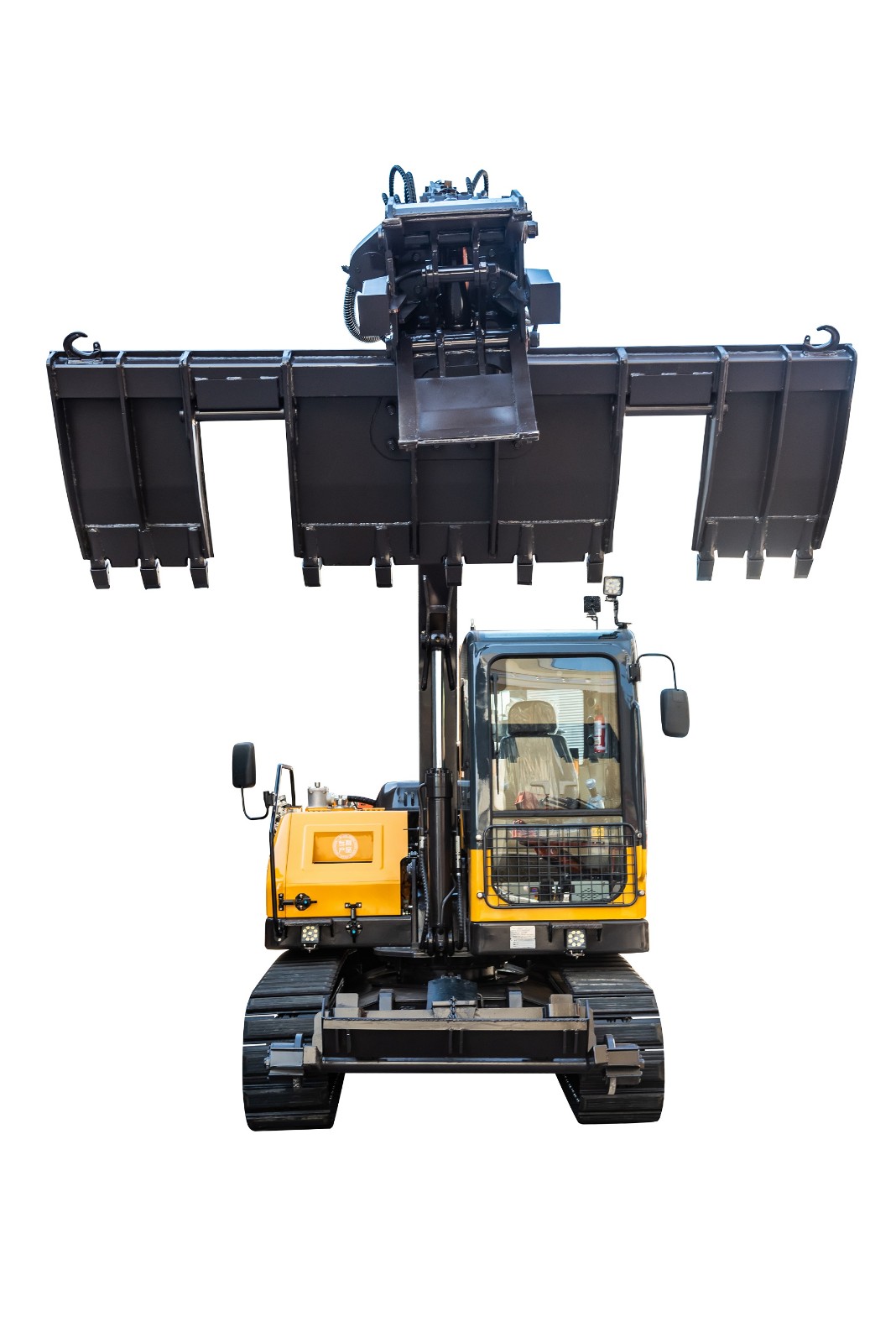
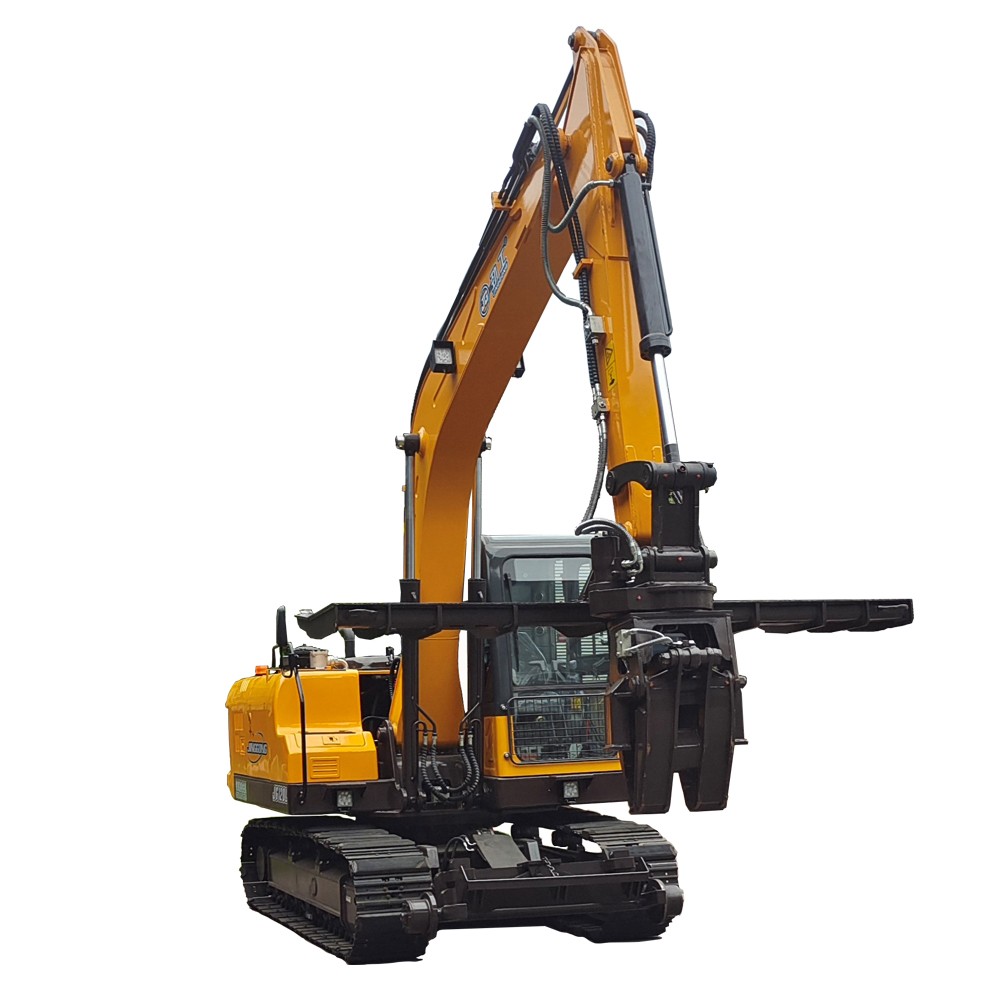
Common Issues:
Maintenance: Like any machinery, the rail sleepers changing with machines requires regular maintenance to ensure optimal performance.
Compatibility: The machine may not be compatible with all types of sleepers, and careful consideration should be given to ensure compatibility before use.
Operator training: Operators must receive adequate training to operate the machine safely and effectively.
Environmental considerations: The use of the machine may have environmental impacts, such as noise and air pollution, which must be carefully managed.
In conclusion, the rail sleepers changing with machine is an essential tool for efficient, safe, and cost-effective railway sleeper replacement. Its high efficiency, precision, and versatility make it an attractive option for railway authorities looking to improve their maintenance practices. However, careful consideration must be given to maintenance, compatibility, operator training, and environmental factors to ensure optimal performance and minimize potential issues

